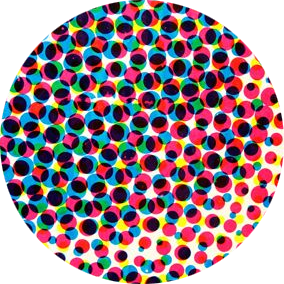Revisiting and Retconning Nightcrawler’s Priesthood

Chris Claremont introduces several new characterizations extending from a six-month time jump preceding X-Men #100 (2000). The new status quo for Nightcrawler involves him becoming a celibate Catholic priest-in-training. This story has a complex, controversial legacy. 1/14 #XMen

Nightcrawler’s Catholicism was not originally part of his character; it was introduced 7 years after his debut against the wishes of his creator, Dave Cockrum. But it became a consistent background element, a quiet source of strength informing Kurt’s fundamental hopefulness. 2/14

The priest storyline makes religion far more central. It also has practical issues. It would be unusual for someone to wear robes & a collar after only six months of part-time instruction. And the cultural specificity of Kurt’s Romani/German upbringing is not considered. 3/14


Yet a solo series set during the priest storyline shows Nightcrawler obeying his priestly mentor’s insistence to hide his mutant identity. He uses his image inducer to preach behind a human disguise – a dramatic change for a character previously defined by mutant pride. 5/14

But arguably the most radical change involves Kurt’s sexuality. Prior to X-Men #100, Claremont had written Kurt as a sexually liberated character, known for his flirtatious charm & often shown in contexts of shameless exhibitionism, both within relationships & outside them. 6/14


Cerise returns to Earth in X-Men #107 (2000) to find a very different Kurt. When Cerise tries to rekindle their romance, Kurt violently fights out of her embrace. He says his body belongs to God, no exceptions, and smiles as he says this repression makes him happy. 8/14

Kurt’s commitment to repression is further explored in X-Men #109, in which Kurt and Cerise perform an intimate aerial act. Cerise asks if his faith is worth giving up so many things he loves. Kurt smiles again as he says he must repress his desires to properly serve God. 9/14

Kurt’s insistence he is happier repressing his suggestively deviant desires, and the story’s seeming acceptance of that conclusion through Cerise’s acceptance, can evoke conversion therapy, a “treatment” described by the UN and many rights organizations as abusive. 10/14

Hopefully, this wasn’t the story’s intent. But every conclusion is speculation, as Claremont didn’t finish it. It was picked up by writers Joe Casey and Chuck Austen, who retconned Kurt’s priesthood as an illusion – an evil scheme by the anti-mutant Church of Humanity. 11/14

The retcon is convoluted & not fondly remembered. But it does restore Kurt’s sexual character. In UXM #419 (2003), before he knows he’s being manipulated, Kurt rejects the Church because of his sexual desires & because he disagrees with its handling of sexual abuse cases. 12/14

The next times Claremont writes Nightcrawler, in the “ReLoad” era (2004) and a 2014 solo series, he further restores Kurt’s sexual liberation. But other stories have rejected this characterization and the priest retcon, leading to inconsistent portrayals. 13/14

But perhaps the most unfortunate legacy of the priest storyline is how it transforms Kurt’s faith from a source of hope & strength to one of pain & repression. Characters who have a positive, progressive relationship with religion are rare & became rarer after this story. 14/14
